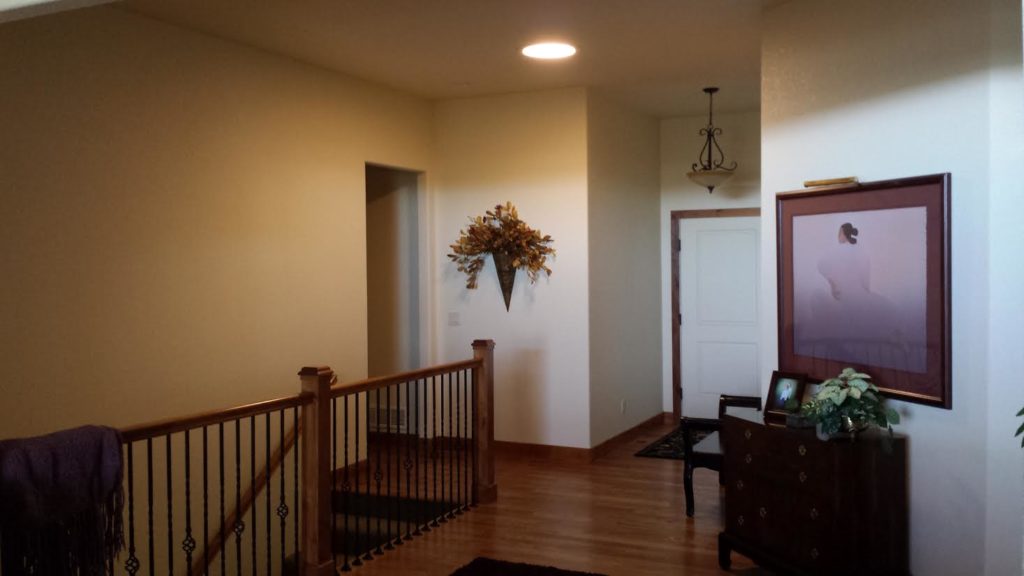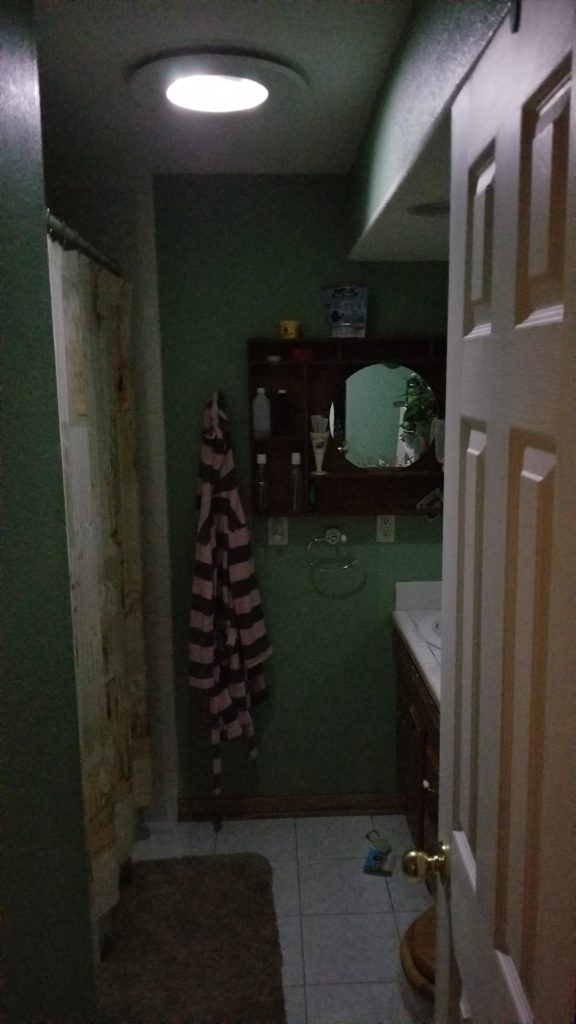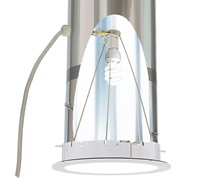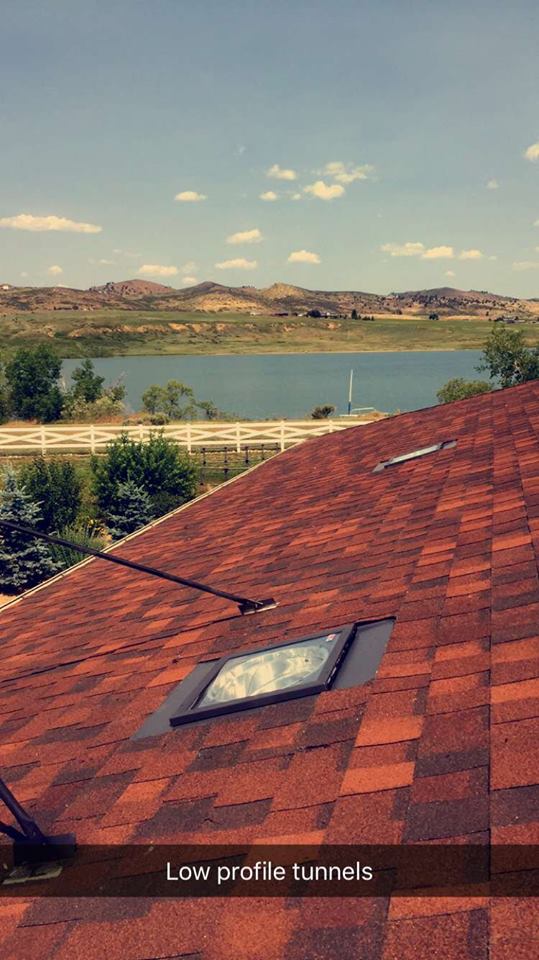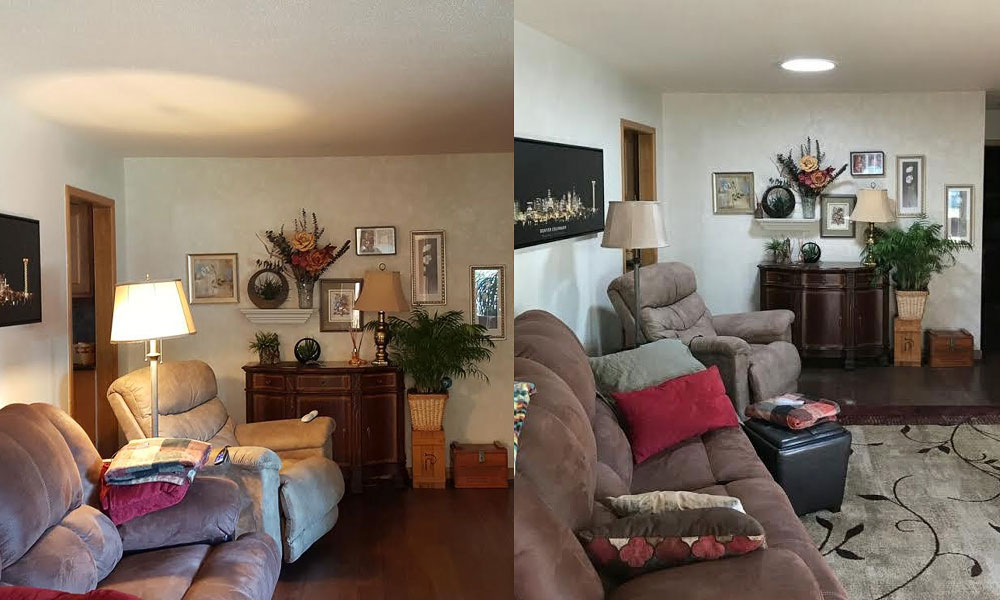5 Tips for Dealing with Storm Damage
Skylights, Sun Tunnels, and Storms

As we move into the Summer months, storm damage from hail, wind, and heavy rain can become a major concern. While new VELUX skylights and Sun Tunnels are built to stand up to many types of severe weather, older skylights, from any brand, are not always so resilient. If you experience a break or a leak in your skylight, the project can feel daunting from the beginning. Here are a few tips to make sure you are in good hands while dealing with storm damage.

Stay Calm – If you notice a leak in your skylight or Sun Tunnel during a storm, your first instinct may be to rush onto the roof and get it covered. In the middle of a storm, this can be dangerous and could even provoke further leak issues. Instead, take a deep breath, place a bucket under the area where the leak is most prominent, and check on it periodically to see if it needs to be emptied. It may be helpful to research a few local contractors while you wait out the storm, so you know who to call when you are ready to have someone assess the damage.

Shop local – When a big storm moves in, often storm chasers come with it. While working with a nomadic business does not necessarily mean the work will be low quality, it does mean that the contractor will be more difficult to get ahold of if future issues occur. Working with a local business ensures that warranties will be honored, and you will have access to the business for follow ups, service calls, and future work. VELUX offers an installer locator, which can help you find a local contractor that is backed by the VELUX guarantee. Remember to always check reviews, and ask around for recommendations!
Get multiple estimates – While a sense of urgency is to be expected, going with the first estimate you get may mean you do not have all of the information to move forward. This is especially true if your estimate does not come from a skylight specialist. Even though finding a reputable contractor can take some time, it is well worth the wait, to ensure that your skylights are replaced by someone who knows what they are doing, and will keep you in the loop on the project. One person you shouldn’t forget to call is your insurance agent. Often, storm damage is covered under your homeowner’s insurance policy. This could mean the difference between paying out of pocket, and having all of the repairs covered!
Coordinate roof damage – Generally, a storm that breaks through your skylight will also cause significant damage to your roof. Since the most cost-efficient time to replace your skylights is during re-roof, coordinating these two projects can save you money and offer coinciding warranties. Often, a roofing contractor will contact a local skylight company, and set up the installation themselves, which can save you the trouble of coordinating both jobs. Informing your roofer that you would like both projects completed at the same time will ensure that the skylights are not skipped over.

Be proactive – When you choose a contractor to work with, they can help you put a plan in place to make sure that you are prepared to deal with the next storm that moves in. If you are in an area that is prone to golf-ball sized hail, consider adding impact glass to your skylights or Sun Tunnels. If you are concerned about future leaks, ask about the VELUX no-leak guarantee. Equipping your skylights for the next storm will leave you feel peaceful and prepared.


